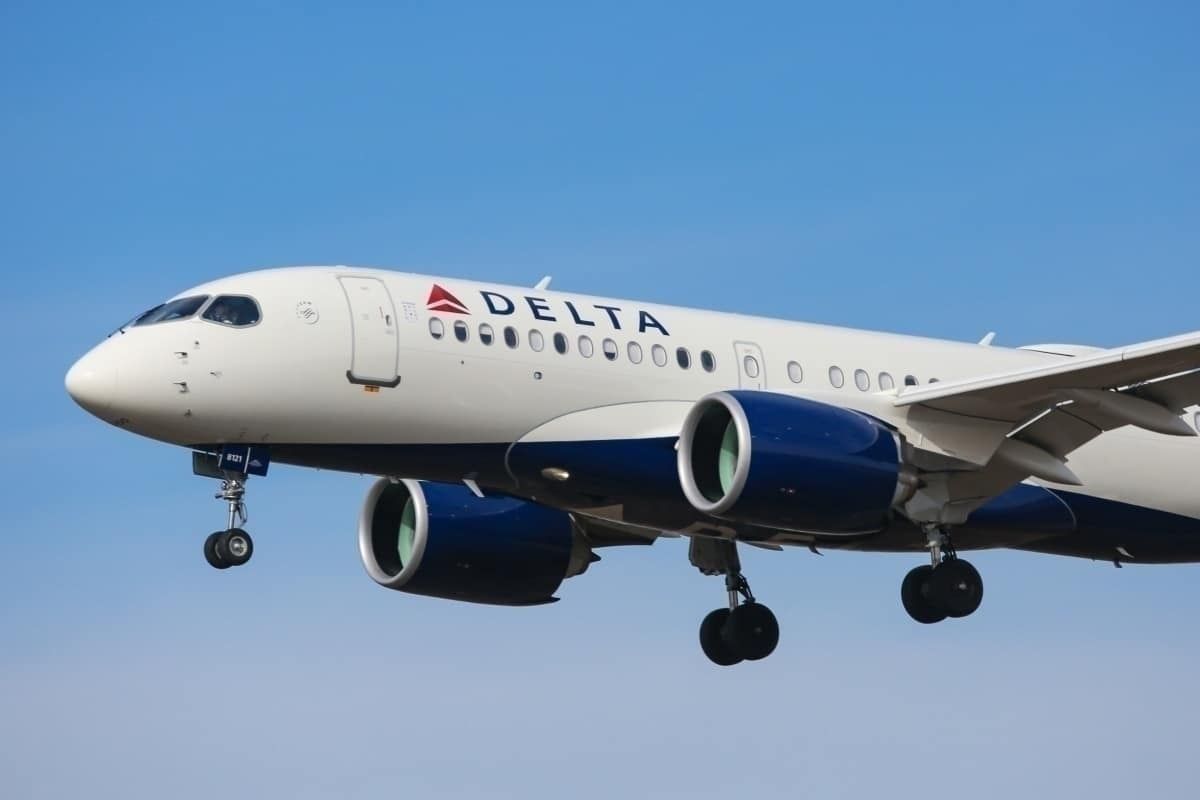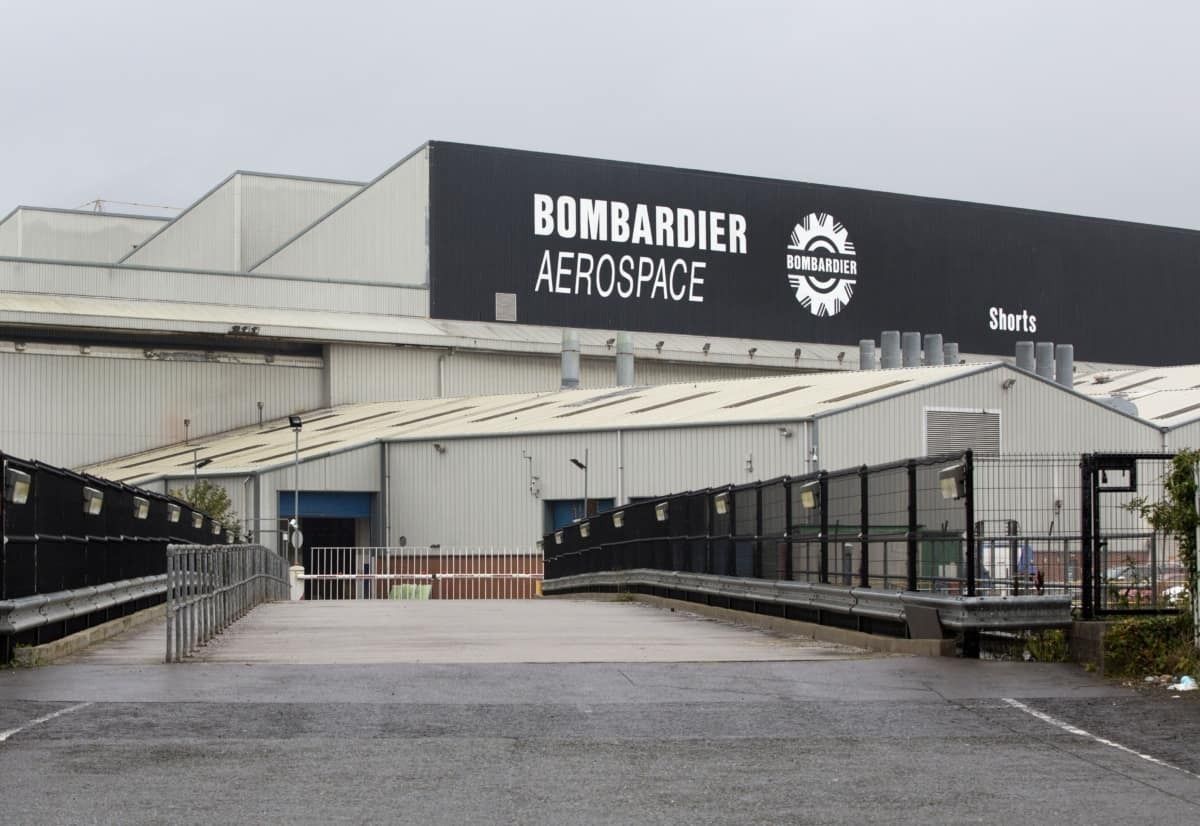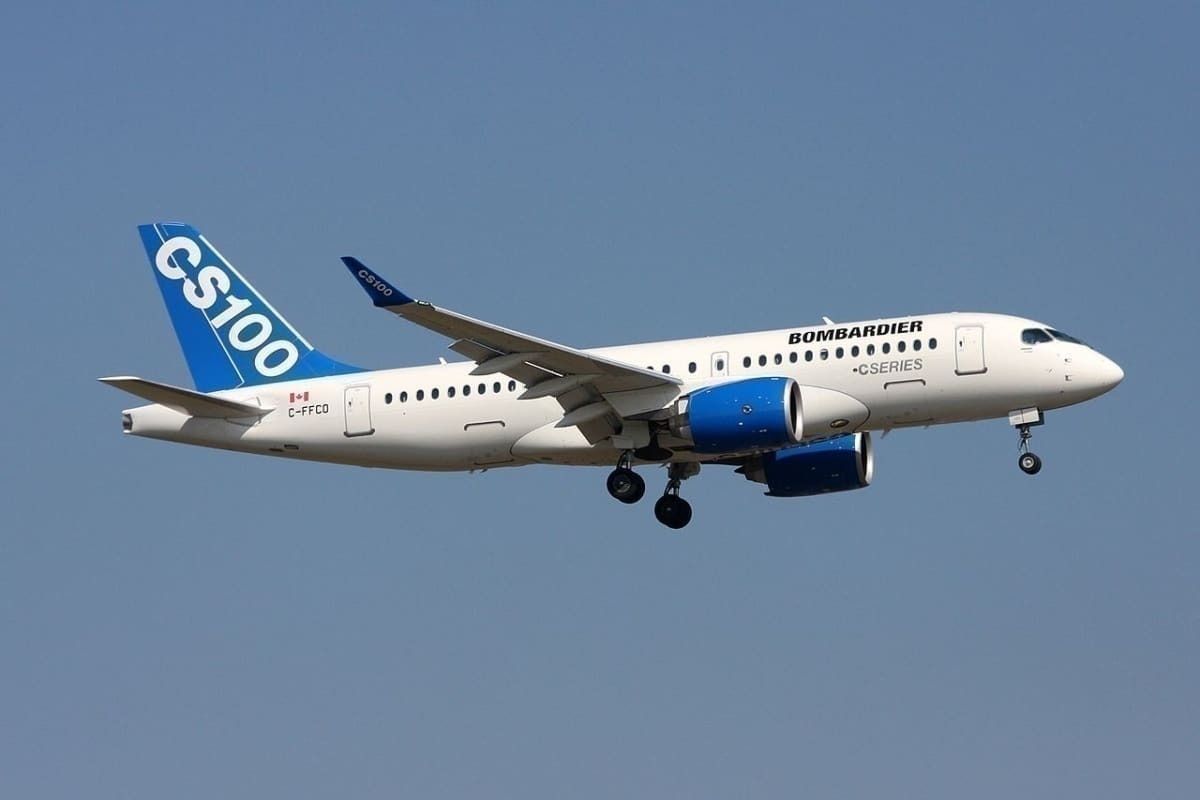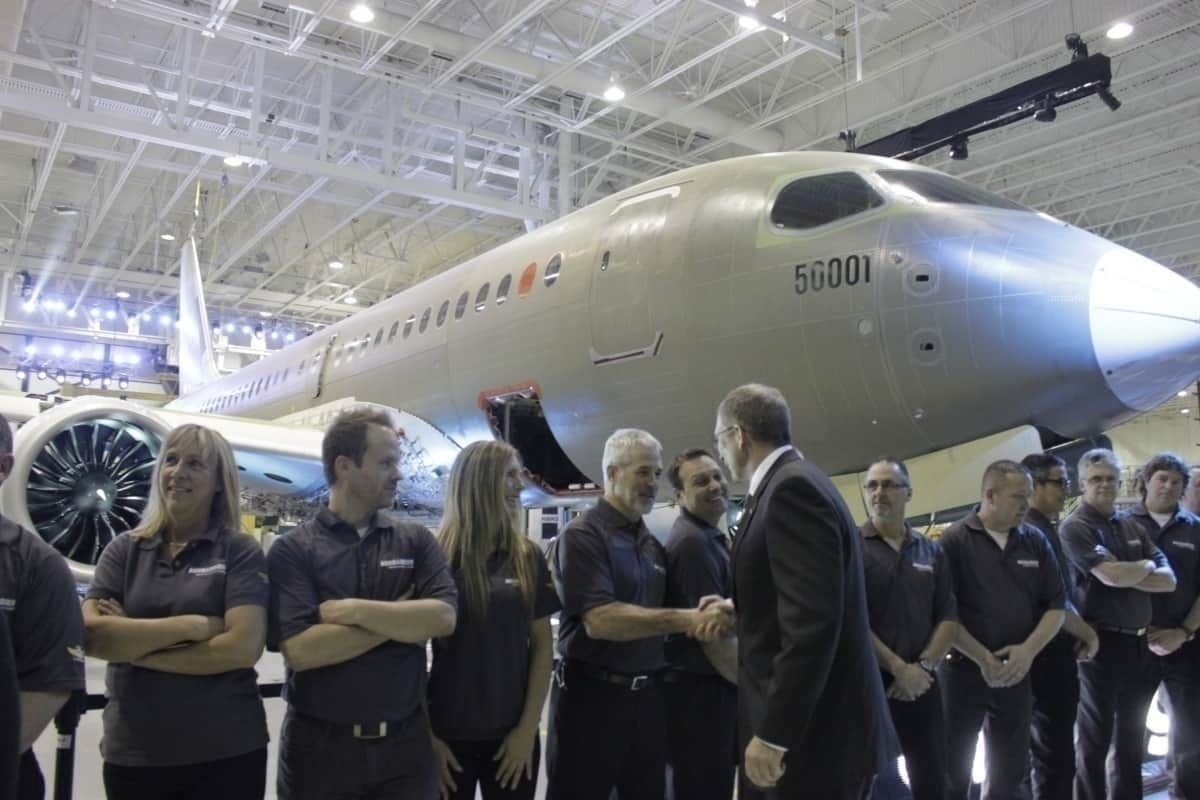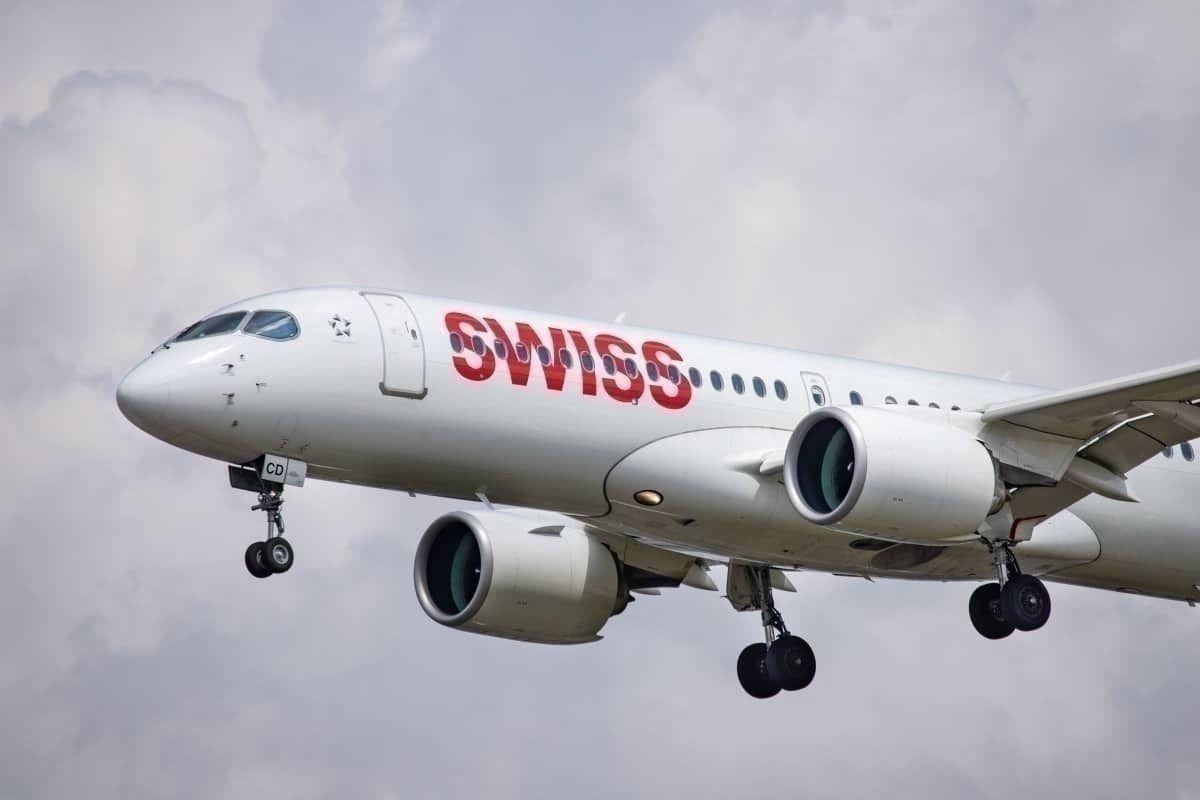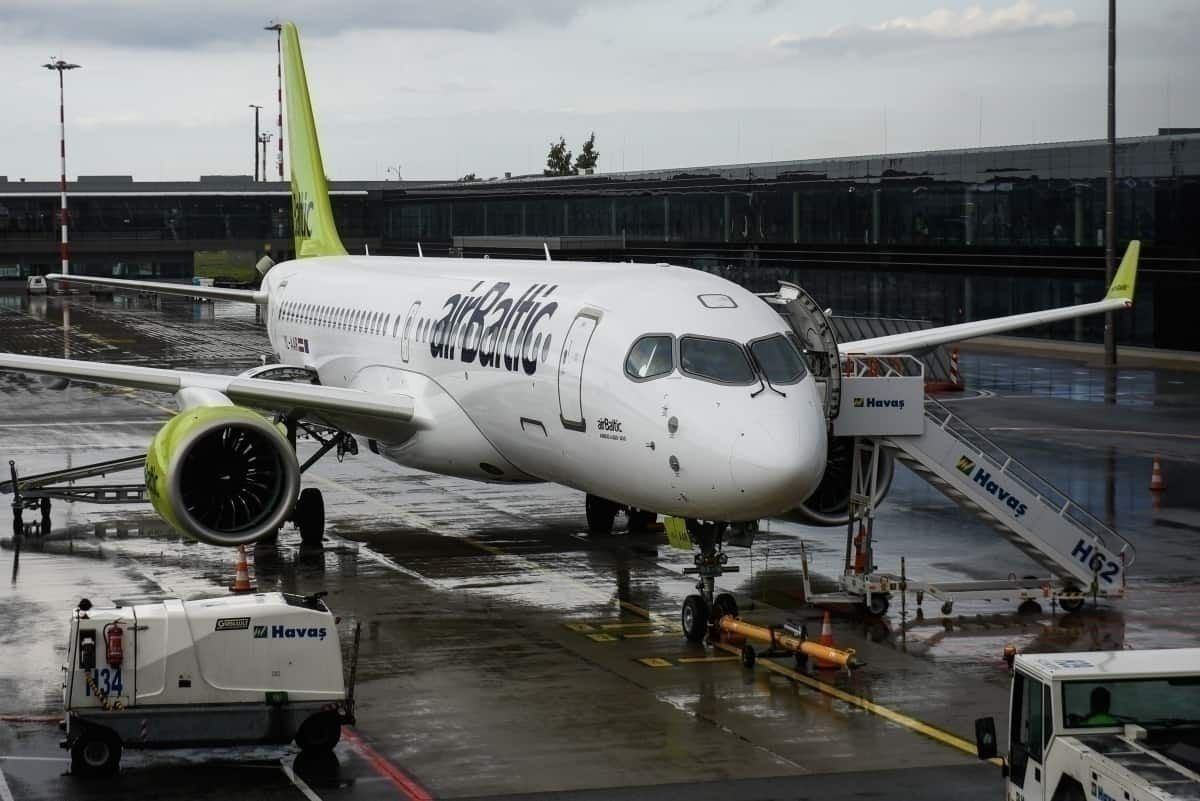The Airbus A220 narrowbody jet has been called a "game-changer" in the world of aviation, leading us to look back on how it came about and where it is now. Going by its name, you automatically assume that the Airbus A220 was just another success story from the European planemaker. The truth, however, is that it was the brainchild of a small company located just outside Montreal in Canada called Bombardier.
Having already conquered the North American domestic and some European countries with its Canadair Regional Jet series (CRJ), Bombardier saw an opportunity to build a larger aircraft. Called the CSeries, the plane was designed to replace aging DC9/MD80, Foker 100 and the BAe146. Unlike its CRJ Series of jets, the new plane would have twin wing-mounted engines and a 2-3 seat configuration.
The aircraft would be passenger-friendly with big windows, plenty of storage space, and enough room to stand up. The aircraft would feature all the latest technologies like side-stick controls and fly by wire. The plane would come in two versions. The smaller edition was a 110 to 115 seat aircraft. The larger version was capable of carrying 130 to 135 passengers over 3,200 nautical miles.
Funding for the CSeries came from Canada and the United Kingdom
By May of 2005, the CSeries project was estimated to have cost around $2.1 billion. Funding for the development of the CSeries came from Canada, the United Kingdom and the Government of Québec. While the United Kingdom may seem a little out of place, it had a vested interest. This is because the aircraft's wings and some other parts were to be manufactured in Northern Ireland. In 1989 Bombadier acquired Shorts Brothers, a company that had been in the aviation business since 1908 and had a factory in Belfast.
Despite seeing a need in that sector of the market, in January 2006, Bombadier got cold feet. So, it soon announced that it was putting the CSeries project aside to concentrate on its regional jet and turboprop aircraft production. Notwithstanding a loss of faith, Bombadier tasked a small number of employees to keep the CSeries program alive as they sought out new partners.
A year later, the situation had improved with the Canadian planemaker saying that they were moving forward and hoped to have a CSeries jet enter service in 2013. Bombardier had by now also selected an engine option for the plane and was going with the Pratt & Whitney PW1000G. This was the same engine that Mitsubishi had chosen for its SpaceJet program.
Bombardier launched the CSeries after a letter of intent from Lufthansa
In the spring of 2008, Bombardier instructed its sales team to market the aircraft to airlines touting its 20% better fuel burn and 15% lower operating costs compared to similar-sized aircraft. This initiated interest from German national flag carrier Lufthansa, Qatar Airways, and leasing company ILFC.
In the summer of 2008 ahead of the Farnborough Air Show, Bombardier launched the CSeries jet with a letter of intent from Lufthansa. The Canadian company now had a letter of intent from the German giant for 60 aircraft and options for 30 more, in a deal worth $1.53 billion at list prices.
The final assembly of the plane would take place in the Montreal suburb of Mirabel. Meanwhile, the wings were made in Belfast and the fuselage and cockpit produced in Saint-Laurent. At the time, Bombardier thought they would be able to sell 6,300 aircraft for more than $250 billion in revenue.
The planes became the CS100 and CS300
In the spring of 2009, Bombardier branded the aircraft CS100 and CS300. Additionally, they would offer the planes in a standard and extended range version. After more thought, Bombardier settled on just one design with the extended range version becoming the new standard. By the time 2010, there was speculation that Bombardier was considering building a 150 seat version of the CS300. While thinking about a larger variant was ongoing with AirAsia showing some interest, it never materialized.
A CS100 made its first test flight from Montréal–Mirabel International Airport (YMX) in September of 2013. This was after months of delays and setbacks, which Bombardier blamed on suppliers. Following the test flight, data gathered allowed engineers to reconfigure certain aspects and upgrade software for the plane's second flight in October.
In January 2014, the planned entry into service for the CS100 was delayed by a year. This postponement was due to certification flight testing difficulties. While still undergoing certification, one of the four test aircraft used suffered an uncontained engine failure. This meant that Bombardier was unable to showcase the plane at that summers Farnborough Air Show, one of the main places where deals were made between manufacturers and airlines.
The CSeries received certification in June 2016
Following the engine problems with the still grounded aircraft, Bombardier slashed its workforce. It also changed its management team overseeing the CSeries development. It also solved the engine problem, which was put down to a seal in the lubrication system. Subsequently, Bombardier chairman Laurent Beaudoin said that he expected the CSeries jets to enter commercial service in 2016.
The Federal Aviation Administration (FAA) and European Aviation Safety Agency (EASA) granted certification for the CS100 in June 2016. This move happed just as the first CS100 was being delivered to Swiss Global Air Lines. In November of 2016, the EASA and Transport Canada agreed that pilots trained to fly either the CS100 or CS300 could fly both aircraft interchangeably. The first CS300 was delivered to AirBaltic in November of 2016 and was validated by the FAA two weeks later.
Airbus squares 51.1% of the CSeries program
Throughout its development, Bombardier had to keep asking the Canadian government and the government of Quebec for financial aid to stay in business. With orders on the books and the thought of thousands of workers being laid off, the money was forthcoming. Bombardier was now under financial pressure and mired down with a trade dispute with Boeing. Therefore, it offered a stake in the CSeries to Airbus.
Knowing the value of the CSeries planes, Airbus jumped at the chance and acquired 50.1% of the C Series program in October 2017. Now with a controlling interest, Airbus said that it would move the manufacturing of the CSeries aircraft to its facility in Mobile Alabama, a move designed to thwart threats of massive tariffs from the United States. By doing this, Airbus could now market the plane to American carries as an aircraft built by American workers in the USA.
The manufacturer knew that there would be added value in incorporating the CSeries with the Airbus brand. Therefore, it decided to rename the planes the A220-100 and A220-300.
The renaming of a plane is not usual. Boeing did it in 1997 when the McDonnell Douglas MD-95 became the Boeing 717-200.
While once dark, the future of the Airbus A220 looks to be on solid ground. Despite the current aviation crisis, the Airbus A220 will be one of the first aircraft airlines turn to as they start flying again.
Have you flown on an A220? If so, tell us what you thought of it in the comments section.

